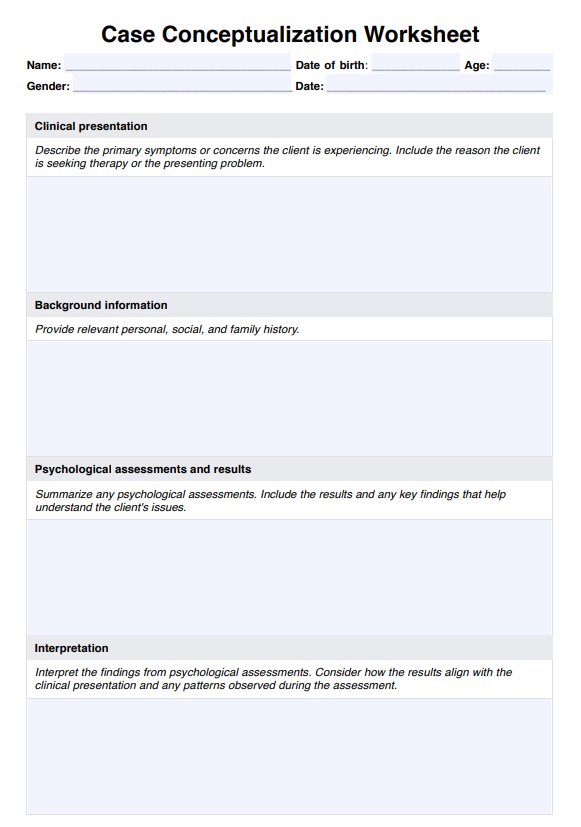BRAF Genetic
Learn how the BRAF Genetic Test can detect mutations that may lead to cancer or other conditions, guiding precise treatment decisions.
�?�


What is a BRAF Genetic Test?
The are like a detective examining your genes, specifically the BRAF gene, to look for unusual changes. Think of genes as tiny instruction books that tell your body how to work. The BRAF gene is critical because it helps control how your cells grow and divide.
To do the test, doctors take a sample of your DNA, usually from your blood or tissue. They then inspect it closely to see any mistakes in the BRAF gene. These mistakes are called mutations.
Finding a mutation in the BRAF gene is important, especially in cancer. It's like finding a clue that helps doctors understand what's causing the problem. For example, these mutations can make cancer cells grow out of control.
When doctors know about a BRAF gene mutation, they can create a special plan for you. It's like having a custom-made treatment. Some treatments specifically target these mutations, making them more effective.
BRAF Genetic Template
BRAF Genetic Example
How does it work?
Here's a simplified breakdown of how the Printable BRAF Genetic Test works:
Step 1: Download the Template
Begin by downloading the printable BRAF Genetic Test template, the official document recording patient information and test details.
Step 2: Patient Information
Fill in the patient's name, date of birth, gender, phone number, known allergies, medical conditions, and current medications.
Step 3: Test Details
Specify the test type, test date, and the ordering physician. Describe the reason for conducting the BRAF Genetic Test.
Step 4: Sample Source and Mutation Status
Indicate the source of the DNA sample used for testing and whether any mutations were detected within the BRAF gene.
Step 5: Results and Interpretation
Document the test results, including clinical implications and treatment recommendations based on the findings.
Step 6: Signatures and Date
Obtain signatures from the genetic counselor, healthcare provider, and the patient. Include the date of the report for reference.
When would you use this test?
The BRAF Genetic Test is particularly valuable for specific practitioners and under specific circumstances:
Oncologists: Oncologists frequently utilize the BRAF Genetic Test in cancer diagnosis and treatment planning. This test helps identify BRAF gene mutations prevalent in cancers such as melanoma, colorectal, and thyroid. Detection of these mutations guides oncologists in selecting targeted therapies tailored to the patient's genetic profile.
Dermatologists: Dermatologists find the BRAF Genetic Test invaluable in cases of skin cancer, especially melanoma. Melanoma often harbors BRAF mutations, and identifying these mutations can influence treatment decisions, including targeted therapies.
Genetic Counselors: Genetic counselors employ the BRAF Genetic Test when assessing patients with a family history of BRAF-associated conditions or counseling individuals at risk of such conditions. It aids in risk assessment, offering valuable information for genetic counseling.
Primary Care Physicians: Primary care physicians may recommend the BRAF Genetic Test in cases where patients exhibit symptoms suggestive of BRAF gene-related disorders or have a known family history of BRAF mutations. Early detection can lead to more effective treatment strategies.
Surgical Specialists: Surgeons may utilize the BRAF Genetic Test as part of pre-operative planning, especially when the suspected tumor has potential BRAF gene involvement. This information can influence surgical strategies and post-operative care.
Clinical Researchers: Clinical researchers leverage the BRAF Genetic Test to investigate the genetic underpinnings of diseases, paving the way for advancements in personalized medicine and targeted therapies.
What do the results mean?
The BRAF Genetic Test is critical in tailoring treatments to individual genetic makeup in personalized medicine. It provides crucial insights into the BRAF gene, offering valuable information for healthcare decisions.
No genetic mutations were found when the test results showed a "wild-type" BRAF. This is good news, indicating that the BRAF gene works as it should, without any issues.
On the other hand, if the test detects a BRAF V600E mutation, it's a significant finding, often seen in cancers like melanoma and thyroid cancer. This mutation can cause uncontrollable cell growth and guide treatment decisions, leading to targeted therapies designed to block this abnormal pathway.
There are also other BRAF mutations, each with its unique implications. They might be linked to different cancers or health conditions, requiring specific treatment approaches.
Sometimes, the test may give an uncertain result, indeterminate or inconclusive. More tests or clinical evaluations are needed to clarify the genetic status in such cases.
The BRAF Genetic Test empowers patients and healthcare providers to make informed choices, creating personalized treatment plans based on individual genetic profiles. As science progresses, this test remains invaluable for more effective and precise healthcare.
Research & Evidence
BRAF genetic testing is a molecular test that examines changes in the BRAF gene. This gene, initially a proto-oncogene, has the potential to become cancer-causing when mutated, leading to uncontrolled cell growth and division, which can result in cancer.
Primarily used in diagnosing and guiding treatment for melanoma, a form of skin cancer, BRAF genetic testing is also applied to other cancers like colorectal, lung, ovarian, thyroid cancer, and hairy cell leukemia. Typically, it analyzes tumor tissue samples using polymerase chain reaction (PCR) to amplify DNA. Sequencing is then conducted to identify mutations, specifying the mutation type and location in the gene. This information aids cancer diagnosis and treatment decisions. For instance, melanoma patients with BRAF V600E mutations often receive BRAF inhibitors, halting cancer cell growth.
While a valuable tool, BRAF genetic testing could be more flawless. Some mutations may escape detection; only some people with BRAF mutations respond to targeted therapy.
Recent studies have contributed to our understanding of BRAF genetic testing's role. It can identify high-risk melanoma recurrence cases, aiding treatment choices. It predicts resistance to targeted therapies for colorectal cancer, enabling new strategies. Moreover, BRAF genetic testing enhances patient outcomes by guiding melanoma treatment toward improved survival rates.
References
- National Cancer Institute. BRAF Gene Mutation Test. MedlinePlus. [Accessed 29 September 2023].
- American Society of Clinical Oncology. BRAF Mutation Testing in Melanoma. [Accessed 29 September 2023].
- College of American Pathologists. Molecular Analysis for BRAF Mutations in Melanoma. [Accessed 29 September 2023].
Commonly asked questions
Oncologists and dermatologists typically request it for patients with suspected or confirmed cancers, such as melanoma or thyroid cancer, where BRAF gene mutations are common.
These are used when healthcare providers need to identify BRAF gene mutations in patients to guide treatment decisions, especially in cancer cases, where specific mutations influence treatment options.
The tests are conducted by analyzing DNA samples, often from tumor tissue, to detect mutations in the BRAF gene. These mutations are then interpreted to guide treatment strategies.
The duration of a BRAF Genetic Test can vary but typically takes several days to a few weeks, depending on the testing facility and the complexity of the analysis.


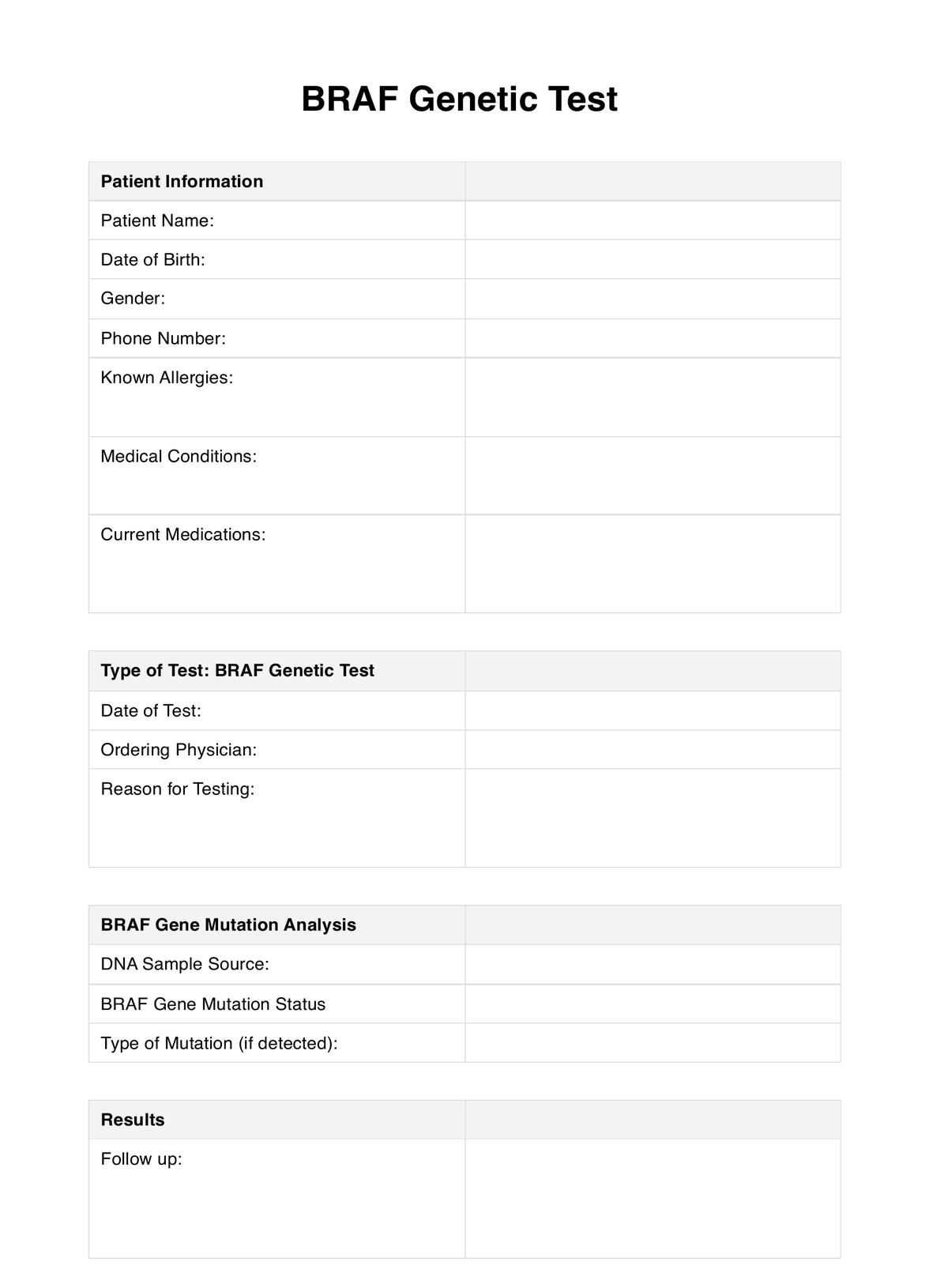
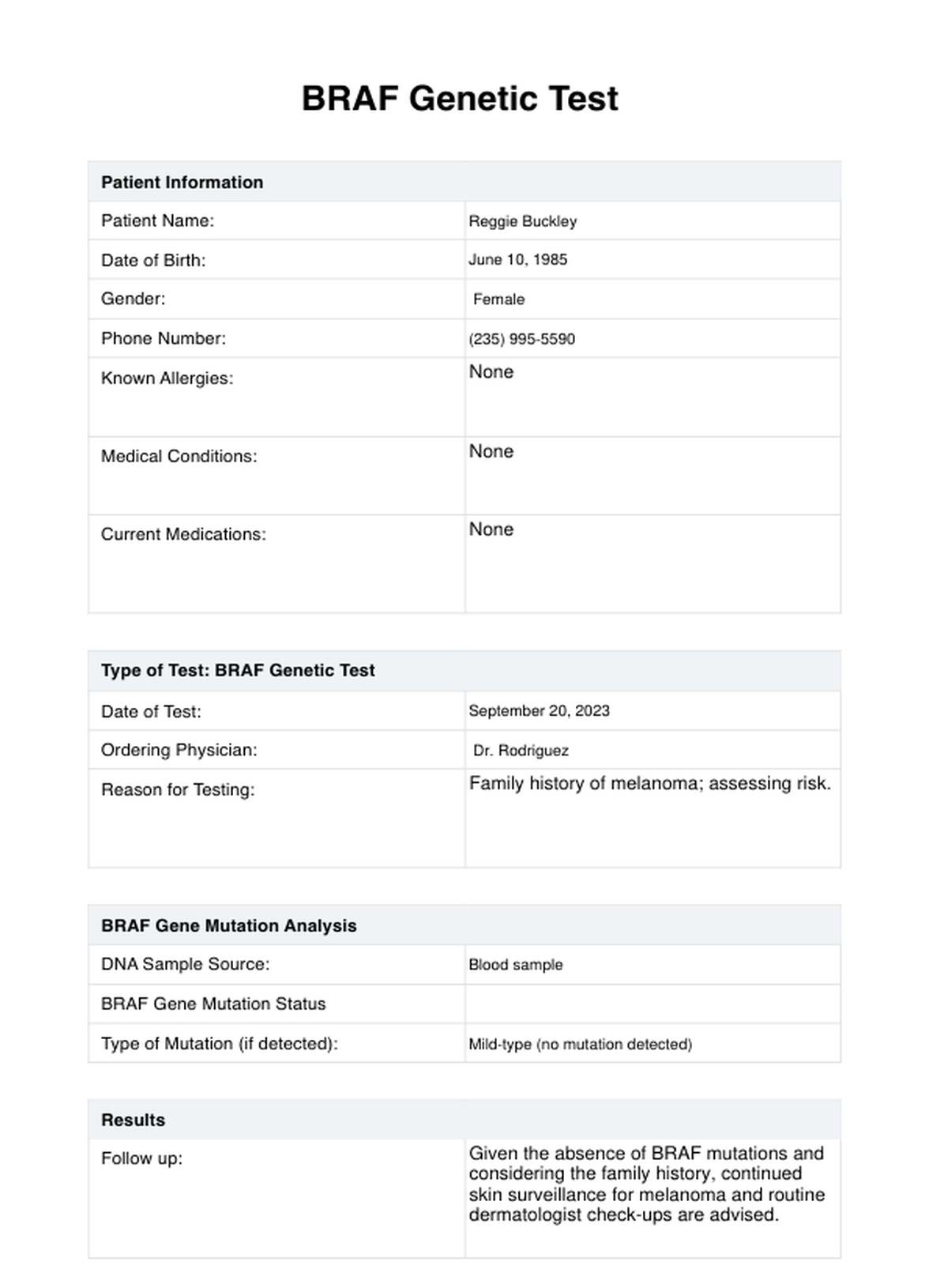

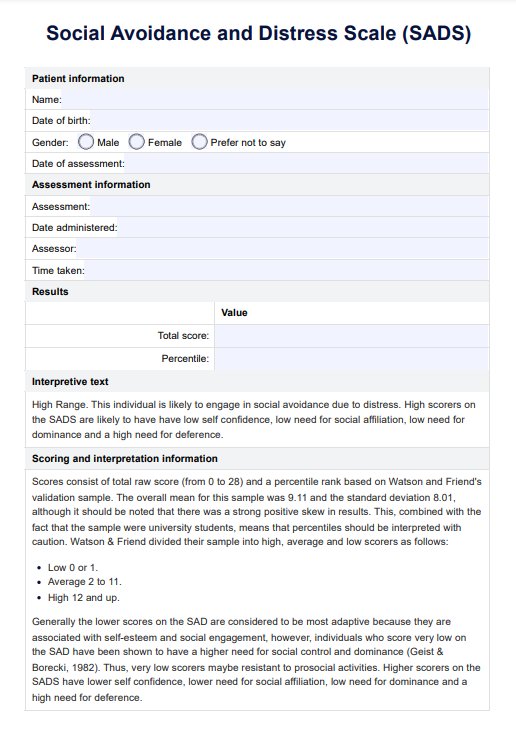

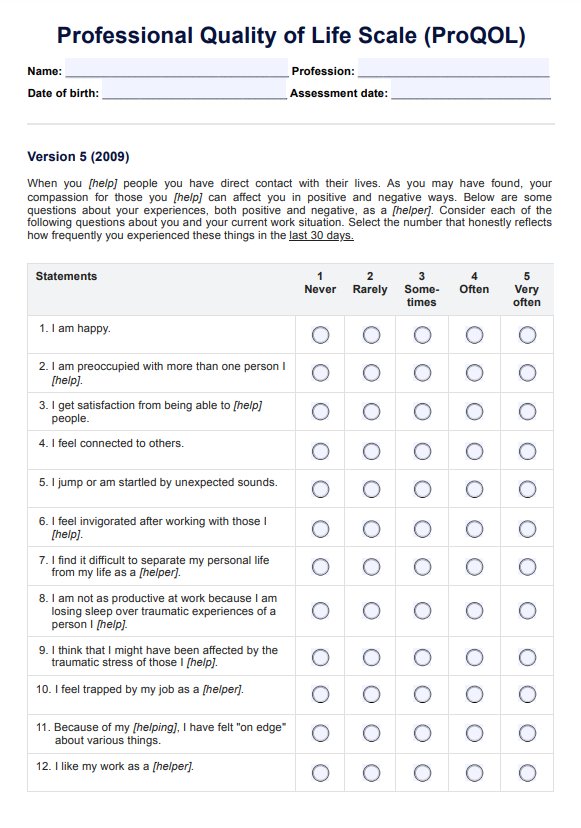









-template.jpg)





















































































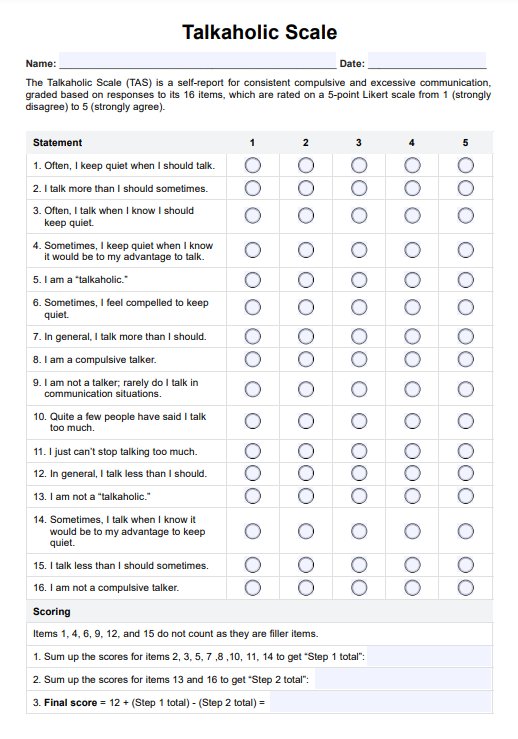




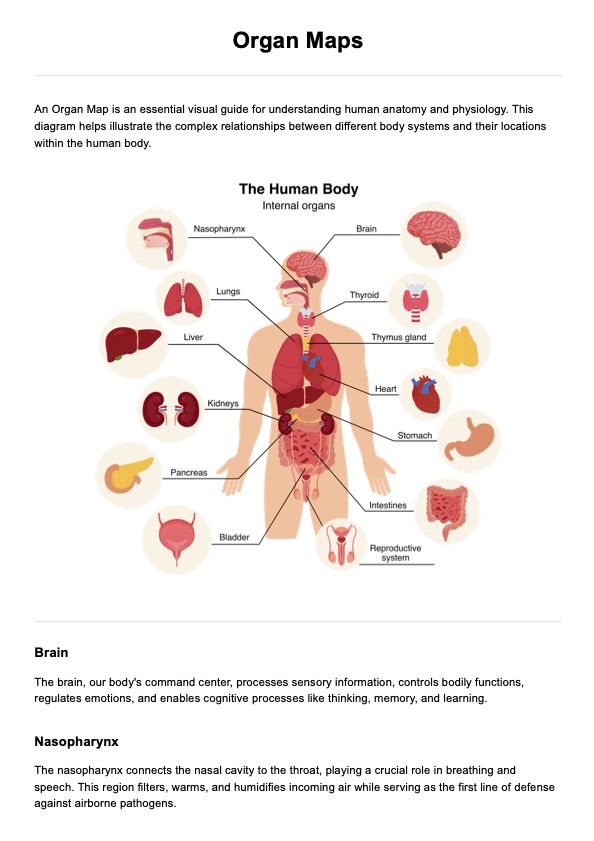
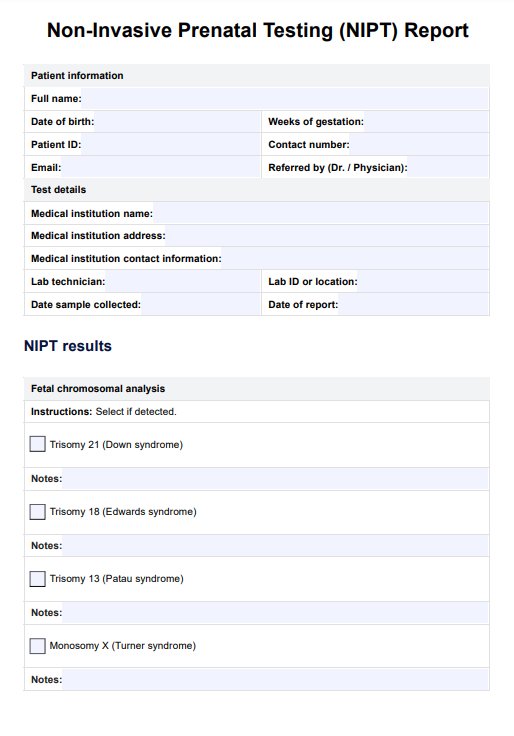
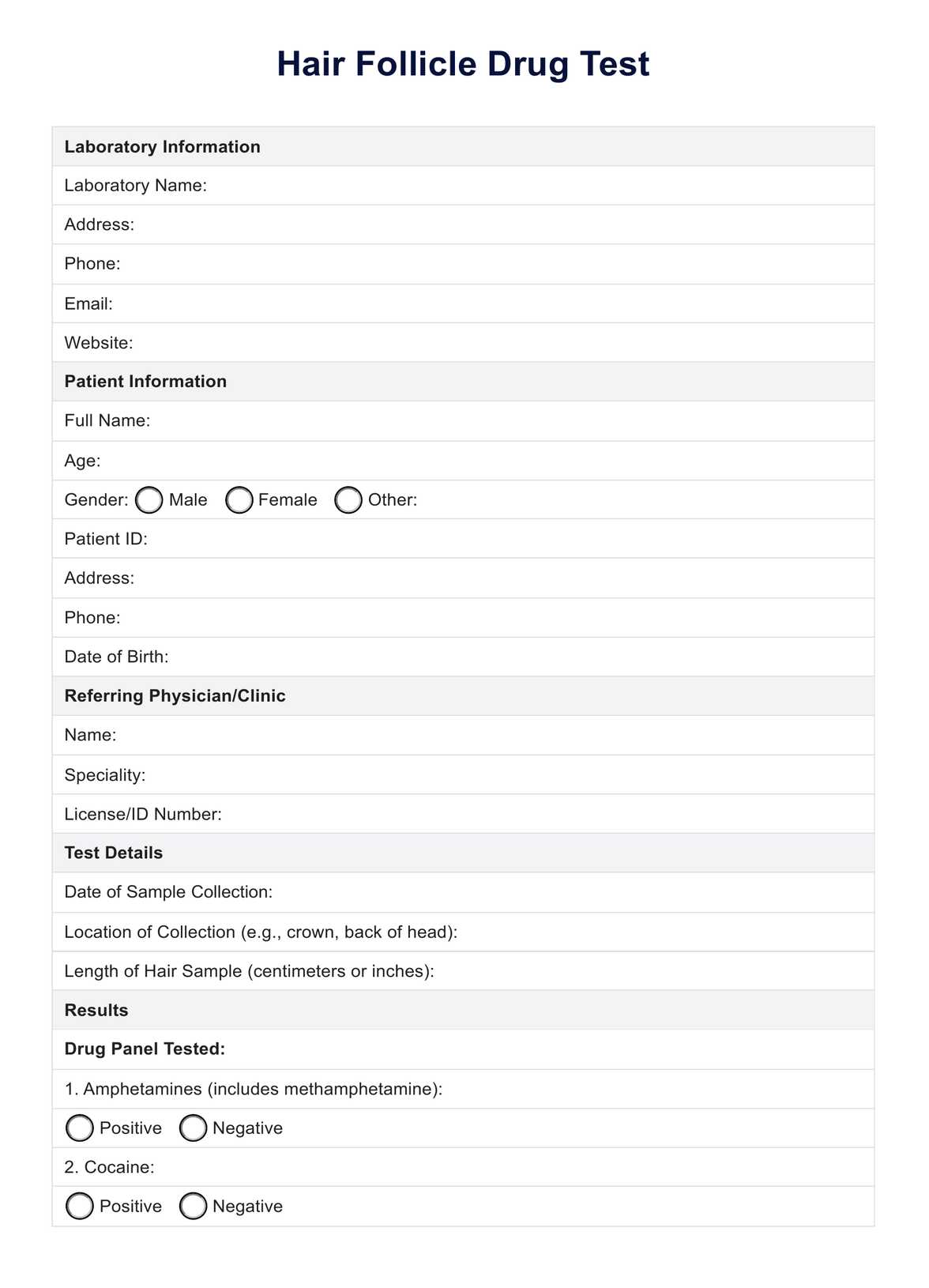
-chart.jpg)

